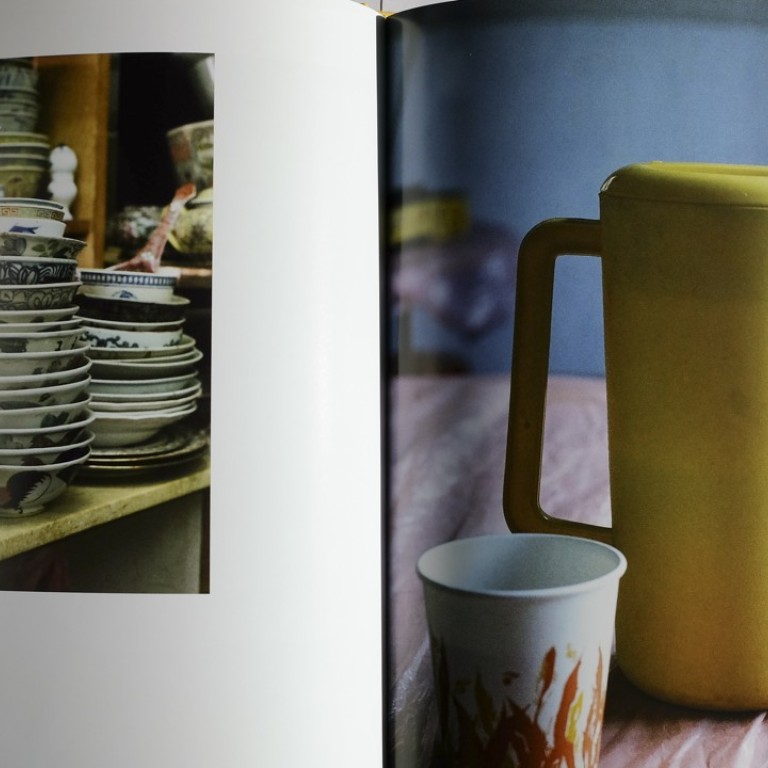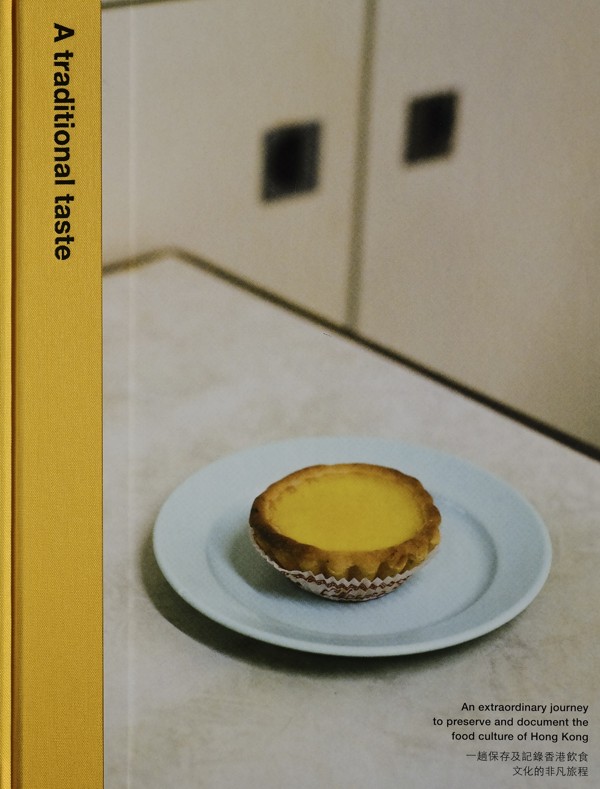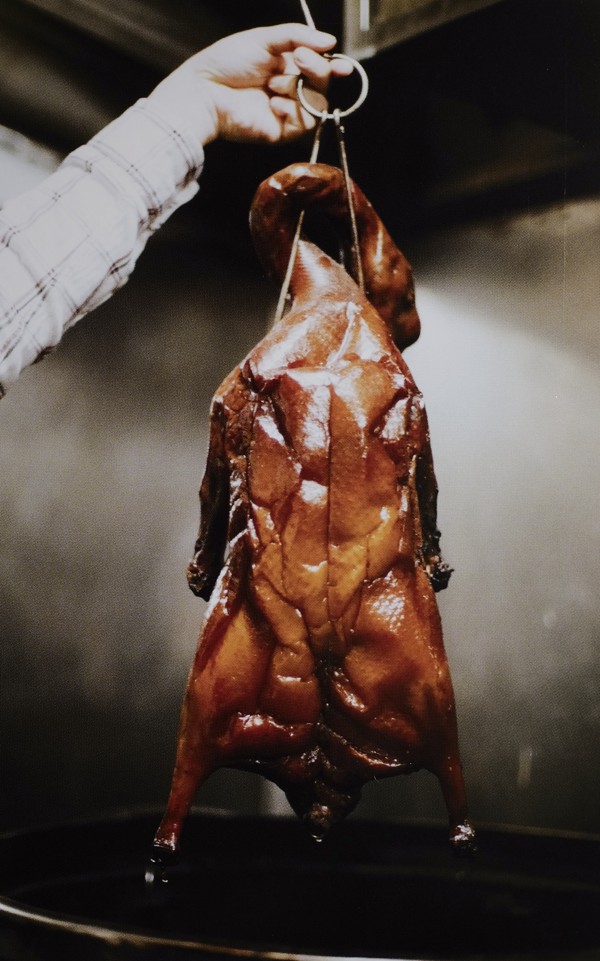
Grassroots chefs take stock of Hong Kong’s rich culinary tradition in cookbook
In A Traditional Taste, the city’s gastronomic authorities dissect an eclectic cuisine that’s globally unique. From cha chaan teng and poon choi to roast goose and dim sum, the chefs have covered it all
The subtitle of A Traditional Taste (2017) says it all: An Extraordinary Journey to Preserve and Document the Food Culture of Hong Kong. And it’s surprising that the authors were able to stop at just over 160 pages – the scope of Hong Kong food seems endless.
As pointed out in the introduction, “Hong Kong’s food culture is a marvel of assimilation. Where else could you sit down and find grilled squid and Ovaltine on the same menu? Where else could you order the choicest pork dumplings and wash it down with a mug of army tea?

There are many books that document such Michelin-starred options, and fortunately the publishers have focused A Traditional Taste primarily on places that make the Hong Kong dining scene different: the (mostly) humble restaurants serving up our unique cuisine. The writers visit the kitchens and talk to the owners of one shop in each specialist category: cha chaan teng; noodles; poon choi; roast goose; and dim sum. (The section on dim sum does, in fact, feature a Michelin three-star restaurant – T’ang Court, at the Langham Hong Kong.)

At wonton noodle specialists Lau Sum Kee, in Sham Shui Po, Lau Fat-cheong, son of the founder, reveals that over the course of his working day (which sometimes lasts 14 hours), he not only makes the “bamboo pole” noodles the shop is famous for (and which require a rarely used, arduous technique), but also wraps all the wontons, cooks the braised beef brisket (another of Lau Sum Kee’s specialities) and simmers the broth to serve with the noodles.
Ng Wai-hung, owner of Yue Kee Roast Goose Restaurant in Sham Tseng, points out that geese and ducks tend to be “left-legged” (they stand on their left legs when sleeping), and that makes that leg more muscular and therefore taste better.
The recipes are in the back of the book, and most were developed by German luxury appliance maker Miele, which financed the project. They include double-boiled mini winter melon soup; steamed whole squaretail coral trout; and braised pig trotters. The other recipes are by Hong Kong “taste makers” such as Leung Fai-hung, executive Chinese chef of the InterContinental Grand Stanford, who tells us how to cook steamed garoupa roll with Yunnan ham; and Esther Sham, chef of Maison Es (roasted quail with lemon and quail jus).

